Welcome back to the Rebuild Role Models series, where we analyze a recent or ongoing rebuild to see if we can learn a bit about what works and what doesn’t when it comes to rebuilding an NHL franchise. Some teams provide good lessons and examples that should be followed, while others can be examples of pitfalls to avoid, both of which are valuable lessons for the Detroit Red Wings to follow. Last time I discussed the masterful rebuild orchestrated by the Los Angeles Kings that only saw them miss the playoffs three times before making their way back to the postseason in 2021-22.
Today I’ll be going over the wild and whirling rebuild of the Buffalo Sabres, who have been through the wringer over the last decade or so. The Sabres set an NHL record this season that nobody ever wants to be a part of: they now own the longest-ever streak of consecutive seasons without making the playoffs. Their last postseason appearance was in the 2010-11 season, 11 years ago.
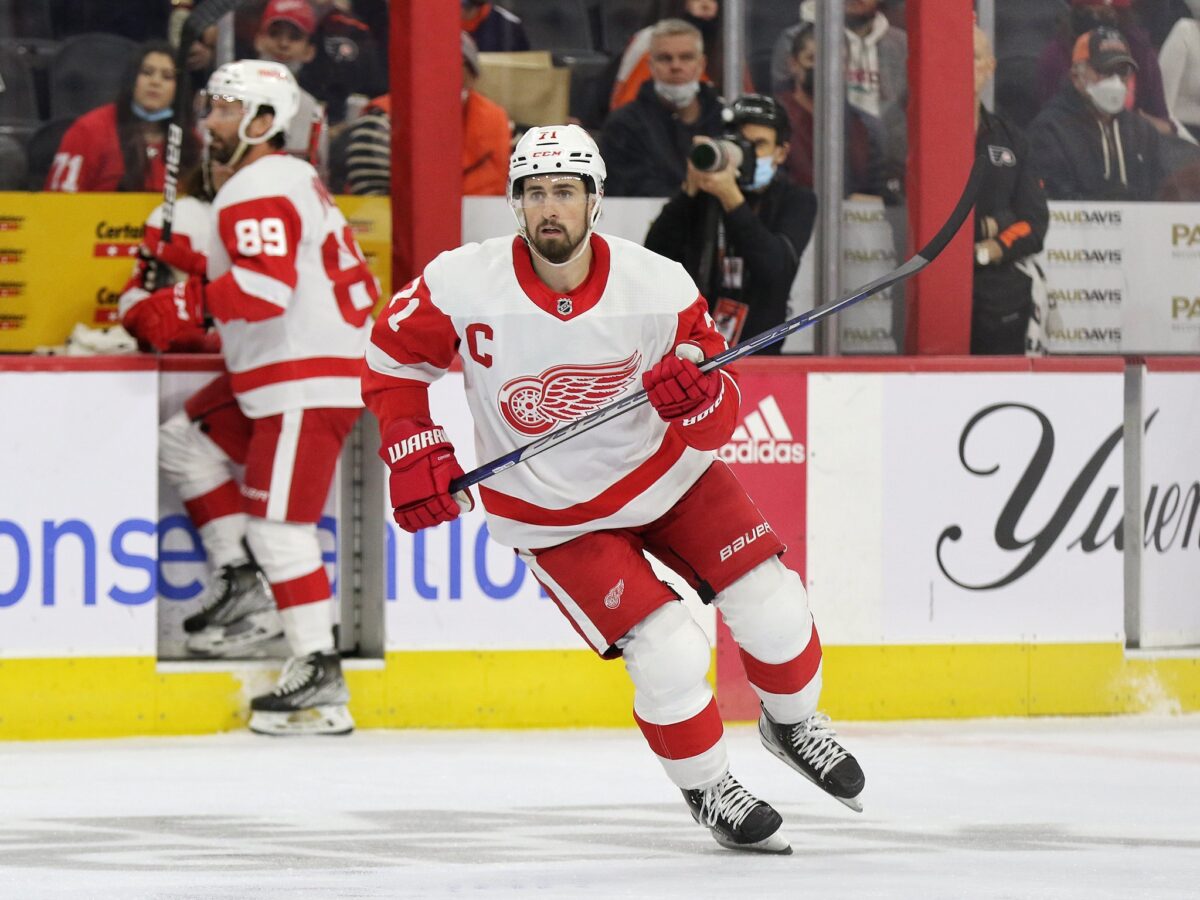
So how can a team miss out on the playoffs for 11 straight seasons when the NHL’s draft lottery system rewards losing? A lack of success in the draft and free agency, an unfortunate culture of losing, and tearing their team down to the studs for the chance at Connor McDavid are some of the biggest reasons.
Struggles in Free Agency and the Draft
Sabres’ Struggles
The event that kicked off the start of the Sabres’ rebuild was a terrible day in July of 2007 when co-captains Chris Drury and Daniel Briere left the team in free agency, leaving the team without two of their most important leaders and two of their three highest scoring players. Drury signed with the New York Rangers, while Briere signed with the Philadelphia Flyers, both teams that were a few years away from seriously contending for the Stanley Cup.
In the year prior, the Sabres won the Presidents’ Trophy as the team with the best regular season record at the end of the season for the first time in franchise history. They also made it to the Conference Final, where they lost to the Ottawa Senators. The team was built to win and would have been a favourite to win the Cup in the years following if they were able to retain Drury and Briere.
Related: Red Wings Rebuild Role Models – Los Angeles Kings
After a few inconsistent seasons, the Sabres were purchased by current owner Terry Pegula, who wanted to see improvements across the board. This led to the bold free agent signing of Ville Leino, who was coming off a breakout 2010-11 season with the Flyers. Leino had scored 73 points in 149 games over parts of four seasons, with 53 of them coming in the year that he hit free agency. The Sabres signed him to a six-year deal worth $4.5 million per season, which quickly turned out to be a mistake. Leino scored 46 points in 137 games with the Sabres before the remainder of his contract was bought out and he went overseas to play professional hockey in Europe.
Another issue for Buffalo has been drafting. They have had 10 draft picks in the top 10 from 2013-22, and the first four of them have all been traded away. It’s not just the struggles at the top of the draft either, as the Sabres drafted 42 players from 2013-17 and have only found seven players who have played at least 100 games for the Sabres in their careers. That is roughly a 17 percent hit rate on drafted players who end up playing a bit more than one full season in the NHL in Buffalo, which is disappointing, to say the least.
Red Wings’ Takeaways
Luckily for Red Wings fans, the new management group spearheaded by general manager Steve Yzerman has instilled a quiet confidence in the fanbase regarding both the draft and free agency. Yzerman has quickly developed a reputation for surprising draft picks that turn out very well, with the perfect example being the selection of Moritz Seider sixth overall in the 2019 Draft, which shocked the hockey world.
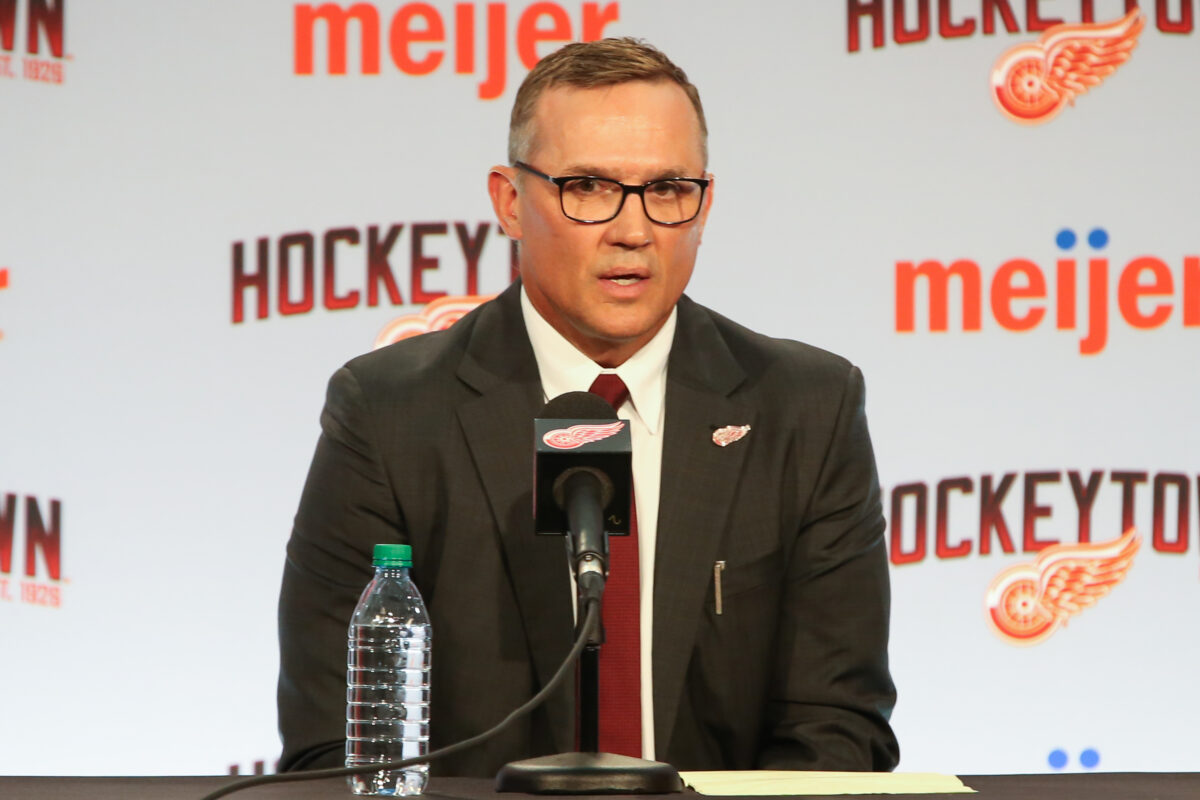
The Red Wings have had six selections in the top 10 of the draft from 2017-22, and each of them has very clear paths forward as regulars on Detroit’s roster. The four of those picks that have been made since Yzerman took over in Detroit are Seider, Lucas Raymond, Simon Edvinsson, and Marco Kasper, each project to be top of the lineup players who will be in either the team’s top-four defensive group or their top-six forward group. The two selections made before Yzerman arrived, Michael Rasmussen and Filip Zadina, are still likely to make an impact at the NHL level, but not quite to the same extent.
Another decision that Red Wings management made that has set them up well for their future is slow playing free agency. Detroit hasn’t been a serious landing spot for any of the league’s biggest-name free agents over the last few years because the team wanted to make sure that they built a core of young players and prospects before they take any significant steps forward.
Related: Red Wings Add Soon-To-Be Fan Favourite in David Perron
The Red Wings made several signings on the first day of free agency this year that seem to signal the team’s intentions of improving, with their days of draft lottery odds and tanking in the rearview mirror. The remarkable success of rookies Seider and Raymond last season showed the team that they were ready to start moving forward rather than simply treading water as they had been. The team’s new additions in free agency will help bridge the gap between the rebuild and the true contending window for this Red Wings team.
Tanking for McDavid
Sabres’ Struggles
There was no other team that wanted to draft Connor McDavid as badly as the Sabres, who did everything in their power to maximize their draft lottery odds. They ended up finishing last place in the league, which gave them the best odds at drafting the generational talent that was available in the 2015 draft. Unfortunately for the Sabres, the best odds a team could get was still only 20 percent, meaning they were far more likely to slide down in the draft order than they were to remain at first overall.
We all know how the story goes, the Edmonton Oilers won the first overall pick for the fourth time in only six years, and the Sabres fell to second overall, where they selected Jack Eichel. Eichel was an excellent prospect and became an excellent NHL player too, but expectations were unfairly high for him as a teenager just entering the NHL. To match expectations, he needed to be almost as good as McDavid while also single-handedly leading the team back to the playoffs since most of the team’s best players had been moved out in the past year or so to optimize the team for losing games.
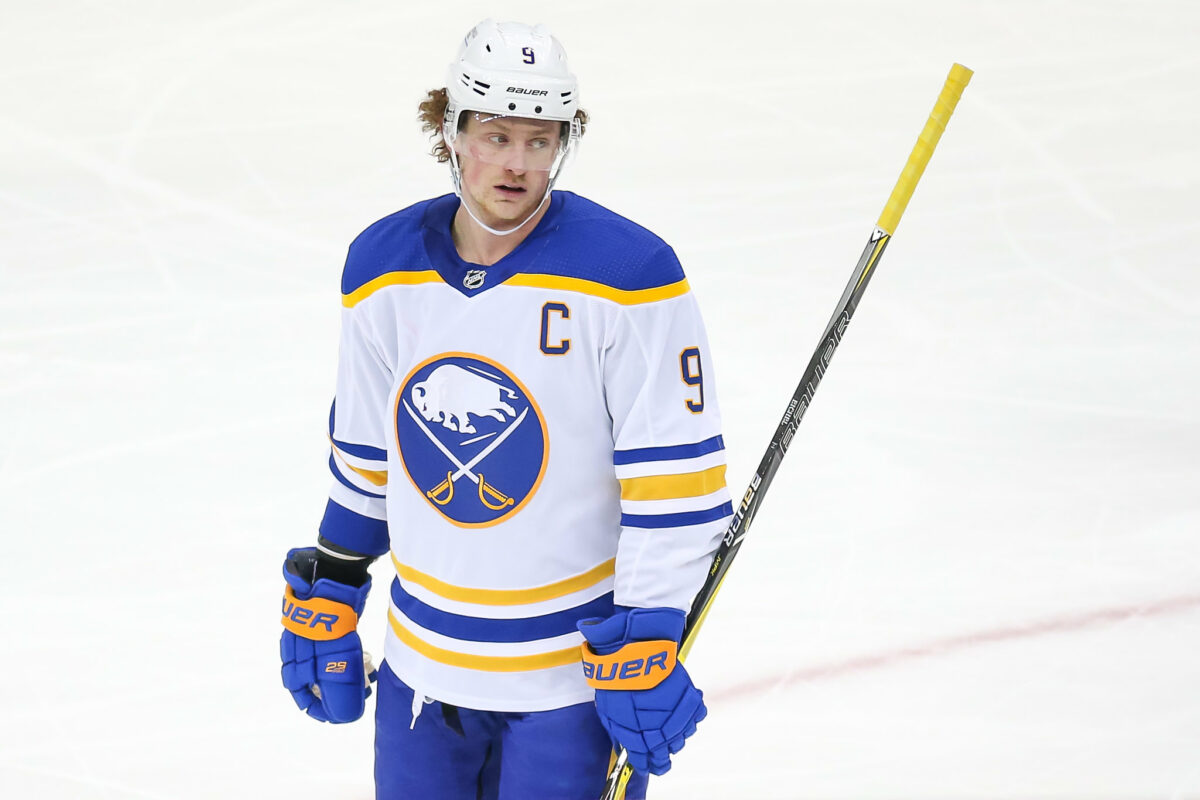
Players don’t tank, but general managers do, and being a player on a team that is actively and blatantly tanking like the Sabres were must have been absolutely crushing. There were even a few instances in that awful 2014-15 season where the Sabres won a few games in a row, just for one of their better players to be shipped out of town to nip that success in the bud.
Red Wings’ Takeaways
The lesson here is that you should never destroy your team for a slightly better chance at a transcendent player, even if that player is Connor McDavid. The Red Wings appear to have learned this lesson already since they could easily have punted on this coming season in hopes of increasing their odds of drafting Connor Bedard in the 2023 draft. Detroit is not a favourite to make the playoffs and could have iced a very similar roster next year, but instead, their management team has shown that they want to start winning sooner than later.
One of the major issues with tanking is that while it can net you a player who will slot in at the very top of your lineup, many teams seem to lose the kind of players who you want to surround a young star with. Players with experience that are still able to play at a relatively high level. Tanking often means that a team must construct an entirely new roster, which is a difficult reality to face in the NHL.
Losing the Team’s Culture
Sabres’ Struggles
Losing games takes a toll on players, especially when you can’t seem to dig your way out of a rut over a decade in the making. The pressure on Sabres players has grown bit by bit after each season that the team’s postseason drought has continued to grow. Unfortunately, losing begets losing since few players want to voluntarily join a team that regularly lands near the bottom of the NHL’s standings each season.
Related: Detroit Red Wings’ 2022 Draft Class Recap
Buffalo has not been a prime free agent destination over the last decade or so, which means that they’ve had to overpay players to land them as free agents or to re-sign their own players. The prime example of this is Jeff Skinner’s massive 8-year contract worth $9 million per year, which is one of the largest contracts in the entire league despite Skinner only scoring 100 total points in the three seasons since signing the deal. The problem with overpaying players in the NHL is that the salary cap means that you will never be able to afford enough overpaid players to become a legitimate contender.
It seemed like there was nobody who could fix the cloud of misery and losing that had settled over the Sabres organization, but the solution may have emerged last season in the trade return for Eichel. It’s a common refrain that it’s hard to win a trade when you’re the team giving up the best player in the deal, but that might be just what the Sabres did in trading Eichel to the Vegas Golden Knights in return for Alex Tuch, Peyton Krebs, a 2022 first-round pick and a 2023 second-round pick.
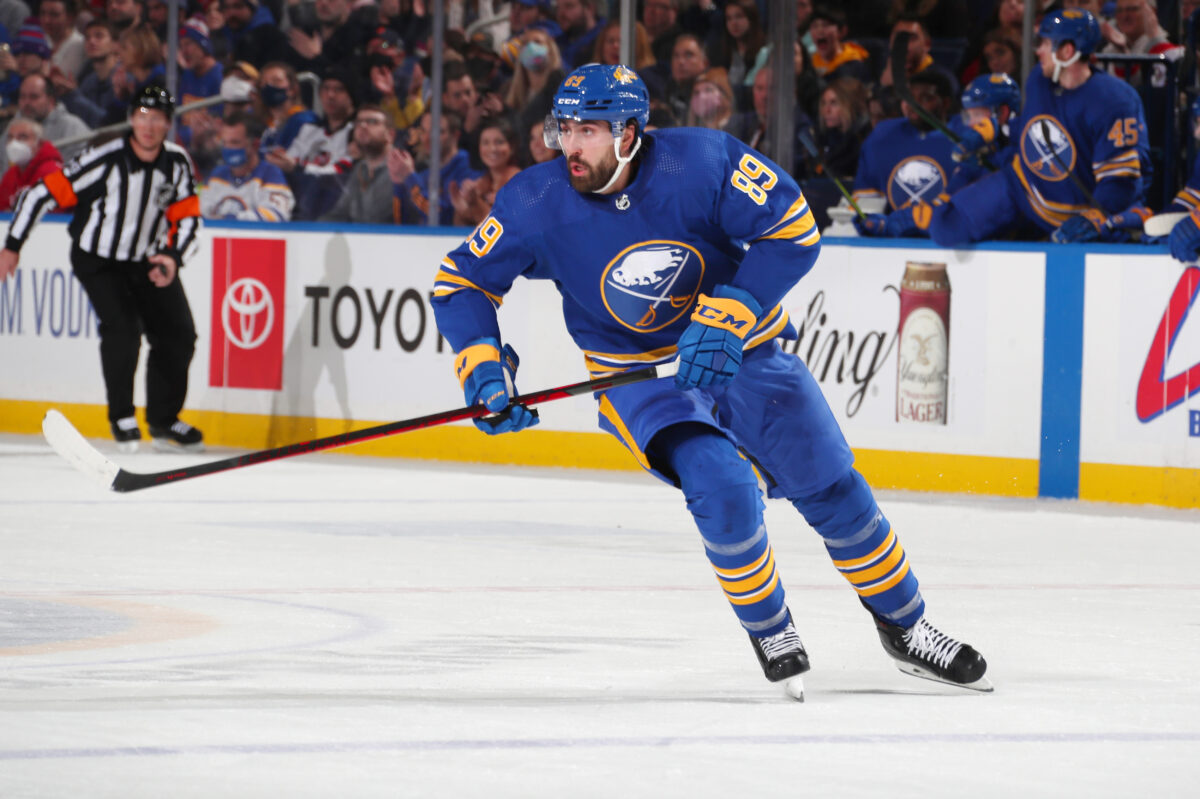
Krebs looks like he could be a good top-six forward for Buffalo soon, but Tuch is the most interesting part of this trade so far. He was electric offensively in his first shortened season with the Sabres, but his off-ice demeanor has already made a huge difference. The Syracuse, New York, native grew up as a fan of the Sabres and seemed quite excited to be joining his childhood team in his initial interviews following the trade.
Many of Tuch’s young teammates in Buffalo have been singing his praises as a leader and role model ever since he arrived, and the joy and excitement that he has brought to the team and the fanbase might be the kickstart that the team needs to build a brighter future and finally make the playoffs again. I wouldn’t be surprised to see Tuch named the team’s captain as soon as next season.
Red Wings’ Takeaways
As an original six team, and one with quite a lot of success at that, the Red Wings developed a winning culture that took them from Gordie Howe to Steve Yzerman, from Nicklas Lidstrom to Henrik Zetterberg. The team was always excellent, and part of that was the culture that any new player was immersed in. After Lidstrom retired in 2012, the Red Wings knew that the leaders who made Detroit so great throughout the 2000s would all retire soon.
With the future in mind, they drafted Dylan Larkin 15th overall in the 2014 draft, a good two-way centerman who was born and raised in Michigan and showed great leadership and character while playing junior hockey. Shortly after entering the NHL in the 2015-16 season, it became clear that Larkin was going to be an important leader for the team going forward, so he was groomed by then-captain Zetterberg to be a Red Wings captain. Larkin and Zetterberg followed a very similar path to Henrik and Daniel Sedin, who prepared future captain of the Vancouver Canucks Bo Horvat for leadership in their final NHL seasons.
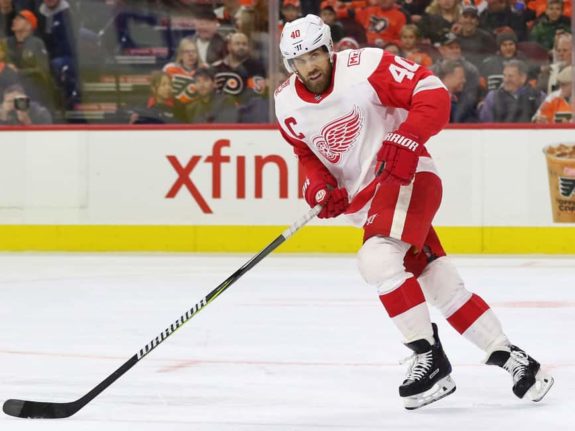
Larkin was named the 37th captain in franchise history in January 2021, making him the first Michigander to captain the Red Wings. He cites his time under the tutelage of Zetterberg as integral to his leadership style and success in his role. The successful development of Larkin as a great top-six center, as well as a great leader, has meant so much to this new generation of Red Wings teams since it has meant they could keep some level of continuity of team culture through all the roster turnover that has occurred.
What Can We Learn?
Though the Sabres appear to be close to finally snapping their record-setting post-season drought, they provide many more examples of things to avoid than things to emulate in a rebuild. Losing all continuity of leadership and team culture led to the Sabres’ drawn-out rebuild that saw veteran players like Ryan O’Reilly claim that he lost his love for hockey during his time in Buffalo. That sort of dark cloud is difficult to clear, which makes it even more valuable that the Red Wings were able to avoid such a mistake.
Despite their abysmal 2019-20 season, the Red Wings also avoided the trap of openly tanking for the top prospects in any given draft, landing them outside of the league’s list of bottom-five teams in every other season of their rebuild. They bottomed out exactly one time and have shown nothing but improvement ever since.
The example of how tanking can destroy a team as set by Buffalo (and perhaps the Oilers, who have won only three playoff series in the seven years since drafting McDavid) makes me wonder what the 2023 draft could do to teams across the league. Connor Bedard is widely viewed as the top prospect in the upcoming draft, and many are hailing him as the best prospect in hockey since McDavid. If teams truly believe that, then we are likely to see more teams than the Arizona Coyotes putting in a tanking effort to rival that of the 2015 Sabres.
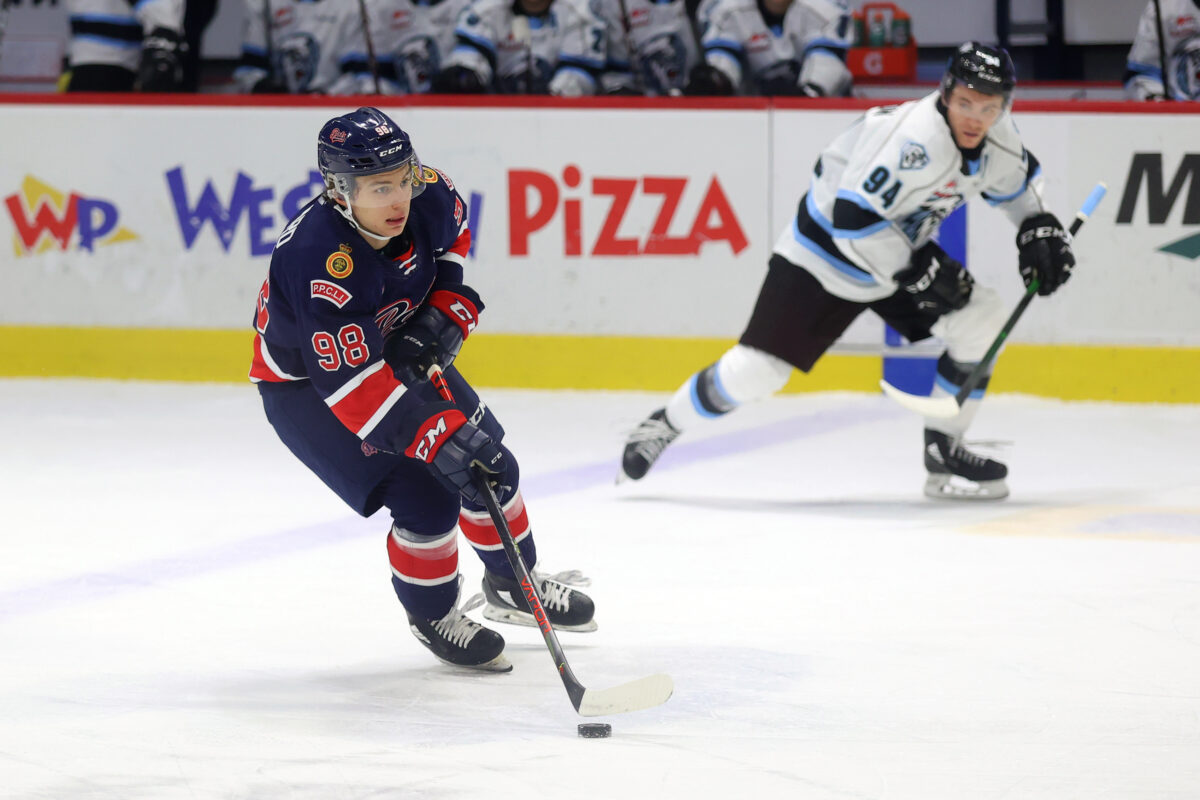
Are any of the teams who tank for Bedard going to tear their team apart enough that they will struggle to find their way out of their rebuild? The teams that I would keep an eye on for over-extending themselves and tanking a bit too hard are the Chicago Blackhawks and the San Jose Sharks. Neither are positioned particularly well for a proper rebuild but could do serious damage to their future with an all-out tank in the 2022-23 season.
Do you agree that the Sabres got better after trading away their best player in Jack Eichel? How important do you think the three years that Larkin played alongside Zetterberg were in maintaining the team’s culture? Is tanking ever the right decision? Sound off in the comment section below!
